CHUKAR COUNTRY by Richard Massey
This feature first appeared in the May-June, 2022 edition of California Explorer Magazine
and is used here with their permission.

“When you first hunt chukar you do it for sport. Each time after that is for revenge!” This is the sentiment of anyone who has ever hunted or tried to photograph these elusive birds. While most birds like to fly, chukar prefer to scramble around running under bushes and running circles around anyone in pursuit. On the rare occasion you can get them to fly, you will be surprised how fast and low they fly. Because of the frustration hunters have with these birds, they have been given the uncomplimentary nickname, ‘Red-Legged Devil Bird.‘
A chukar posing for the author…
Chukar live in high desert areas, usually in rugged rocky mountain foothills, steep desert canyons, and occasionally in prairies with plenty of ground cover. I had heard about how fast and agile they are, but I was amazed to watch a group rock-hopping and running up what appeared to be a sheer cliff face…not flying but running and jumping! I told a ranger what I had just witnessed, and he said they are as sure-footed and agile as a mountain goat.
Nevada and the Eastern Sierra have the ideal topography for these beautiful birds. The eastern foothills of the Sierras and similar terrain throughout Nevada are very much like their native homes of Eurasia, the Middle East, and Asia Minor. Pakistan and Iraq both claim them as their national bird..
Mom calling her chicks.
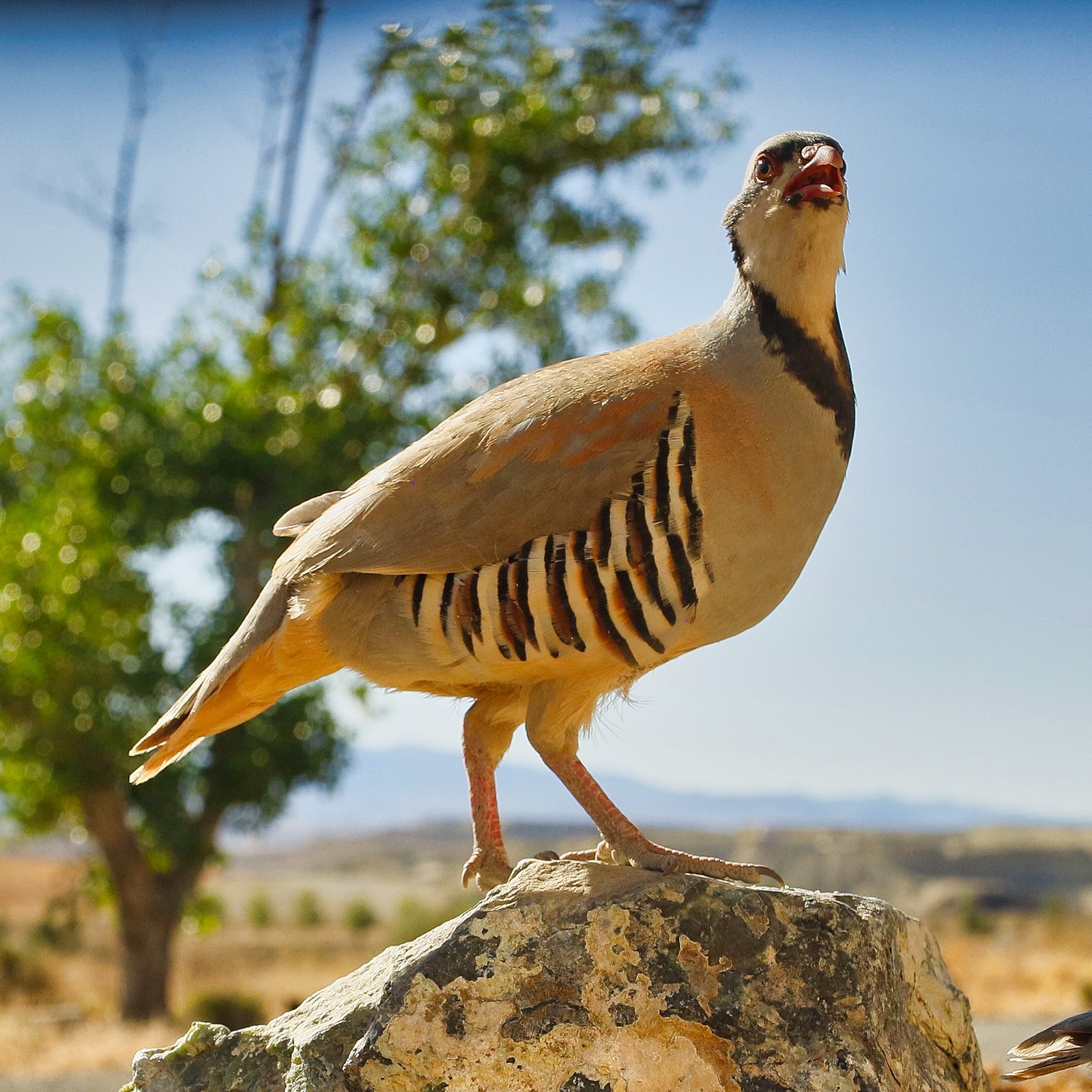
These fast-flying members of the pheasant family are a non-native species that was introduced as a game bird to North America in the late 1800s. Once established, they flourished and rapidly became one of our most popular upland game birds. Since then, they have been successfully introduced to New Zealand and several other countries.
When I tell friends that chukar are probably my favorite bird, they look at me in disbelief. Undoubtedly, they expect to hear the name of a colorful little humming bird or a magnificent Great Blue Heron in full breading plumage, not a bird that is so elusive and next to impossible to photograph. Chukar are similar to quail in body type but are about 25% larger. I often describe chukar as quail on steroids.
For years I have had a love/hate relationship with these critters. When I became serious about wildlife photography, I tried time-after-time without success to capture a decent picture of one, but they always eluded me. Because they are so shy and fast, my pictures were either out of focus or were of well-focused tail feathers as the bird was running away!
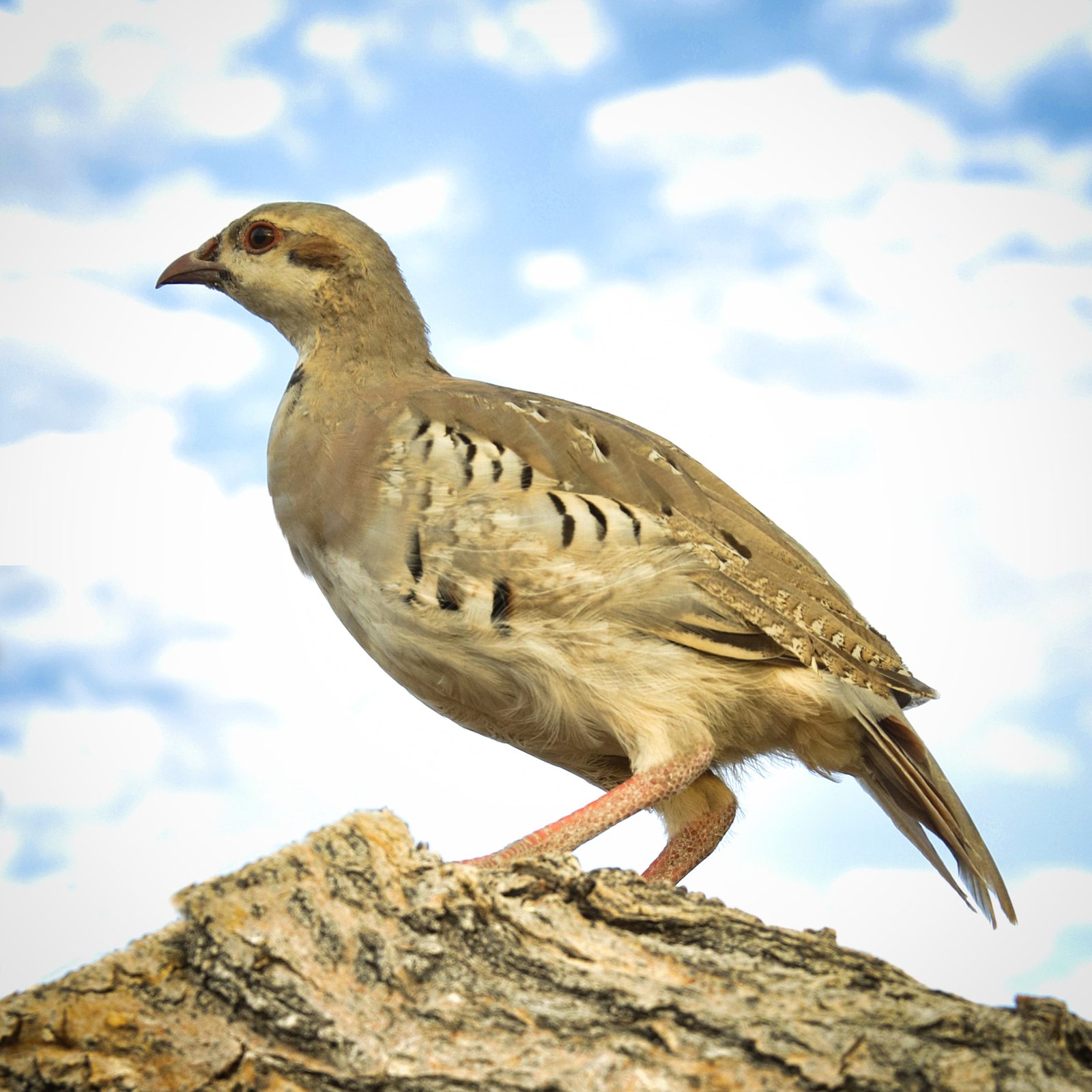
They have beautiful subtle colors and black banded patterns along their sides. The bill, feet, legs, and eyelids are pink to dark red. By size (12-14 inches in length), they are somewhere between a quail and a chicken. Males and females have similar markings with the males being a bit larger and having a broader head. Females may have a noticeable spur on their metatarsal. They are frequent bathers…not in water but in dirt! They take these dust-bathes and meticulously preen throughout the day. This is one reason they are such healthy birds with excellent feathers. Their ample breast meat is white and resembles that of a Cornish game hen.
A juvenile with its first side stripes.
A chukar nest is little more than a depression in the dirt that may be lined with grass, feathers, and leaves. Look for the nest in the shelter of rocks or brush. The female may lay up to 15 eggs. Males aren’t the most devoted partners and usually leave the female shortly after she has laid her eggs. The chicks hatch at around 24 days and will venture from the nest and start eating insects soon after hatching.

Your best chance of seeing these birds is from February through April when the males are likely to be on high points calling and strutting for females. If you are lucky enough to find one of these spots, you might spread some wild bird feed at the location to encourage them to stay in the area. If this works, from a distance, study their routine to see when they arrive and from what direction.
If you want to get consistent quality pictures, a blind is indispensable. If possible, before setting up your blind be sure to study the prevailing breezes and lighting at various times of day. My favorite blind is an “outhouse blind” from Cabella’s Sporting Goods. I modified it by adding a few very low viewing windows so I can get down low to the bird’s eye level.
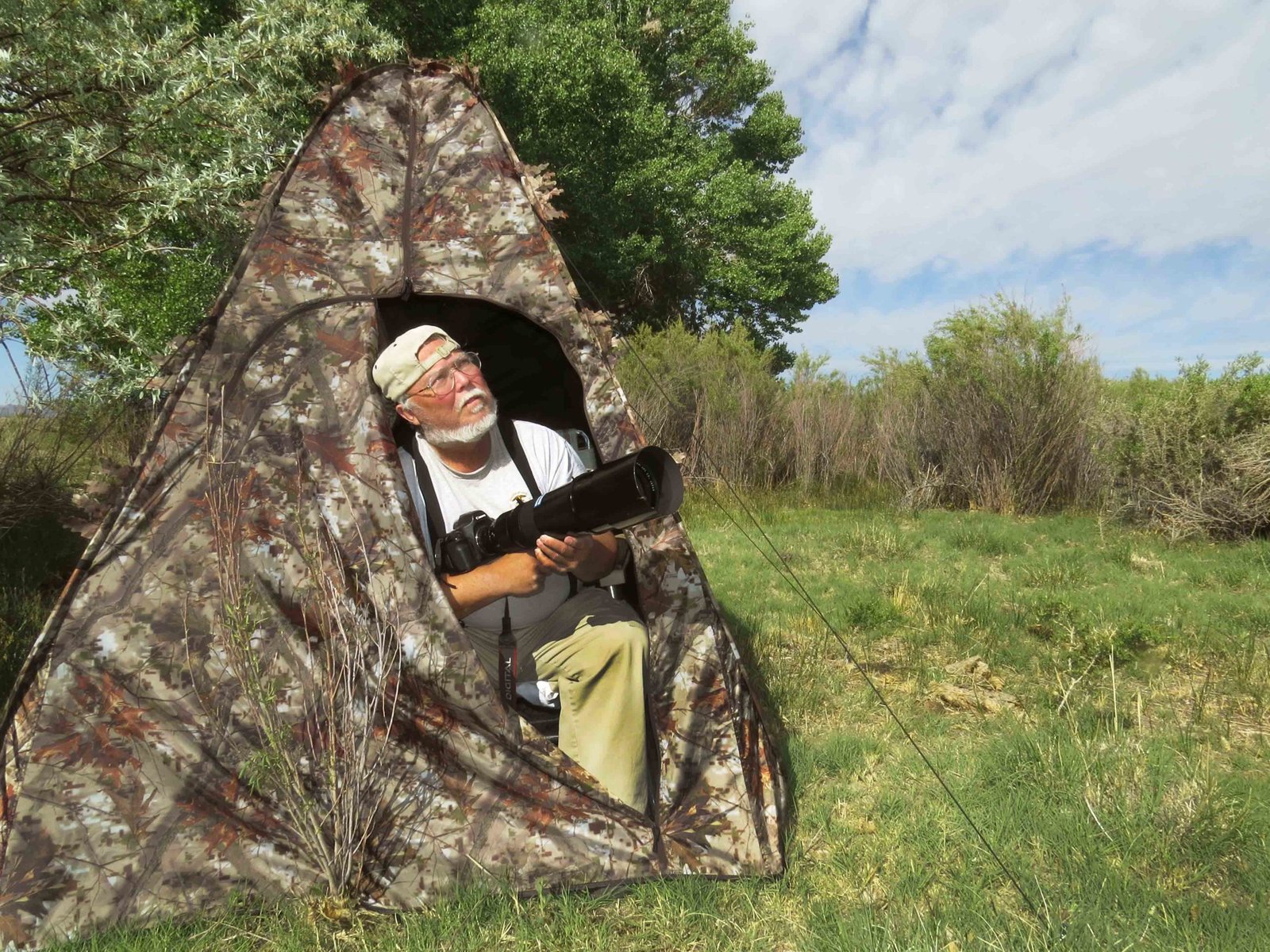
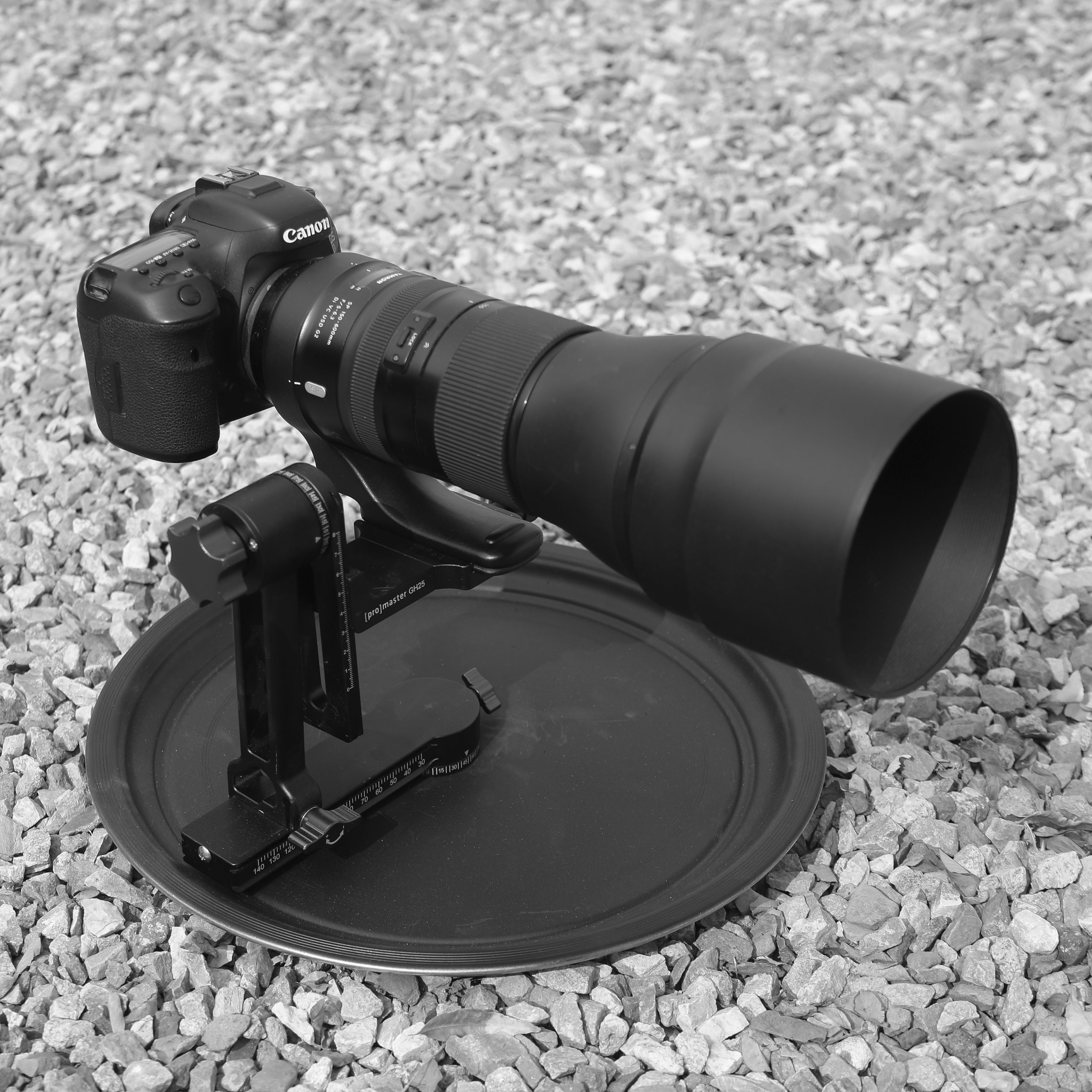
To hold the camera with a large telephoto lens, I constructed a ground-pod. The ground-pod is made from an old serving tray and a gimbal tripod head. This set-up allows full up, down and side-to-side movements with all the camera weight on the ground-pod and not my arms.
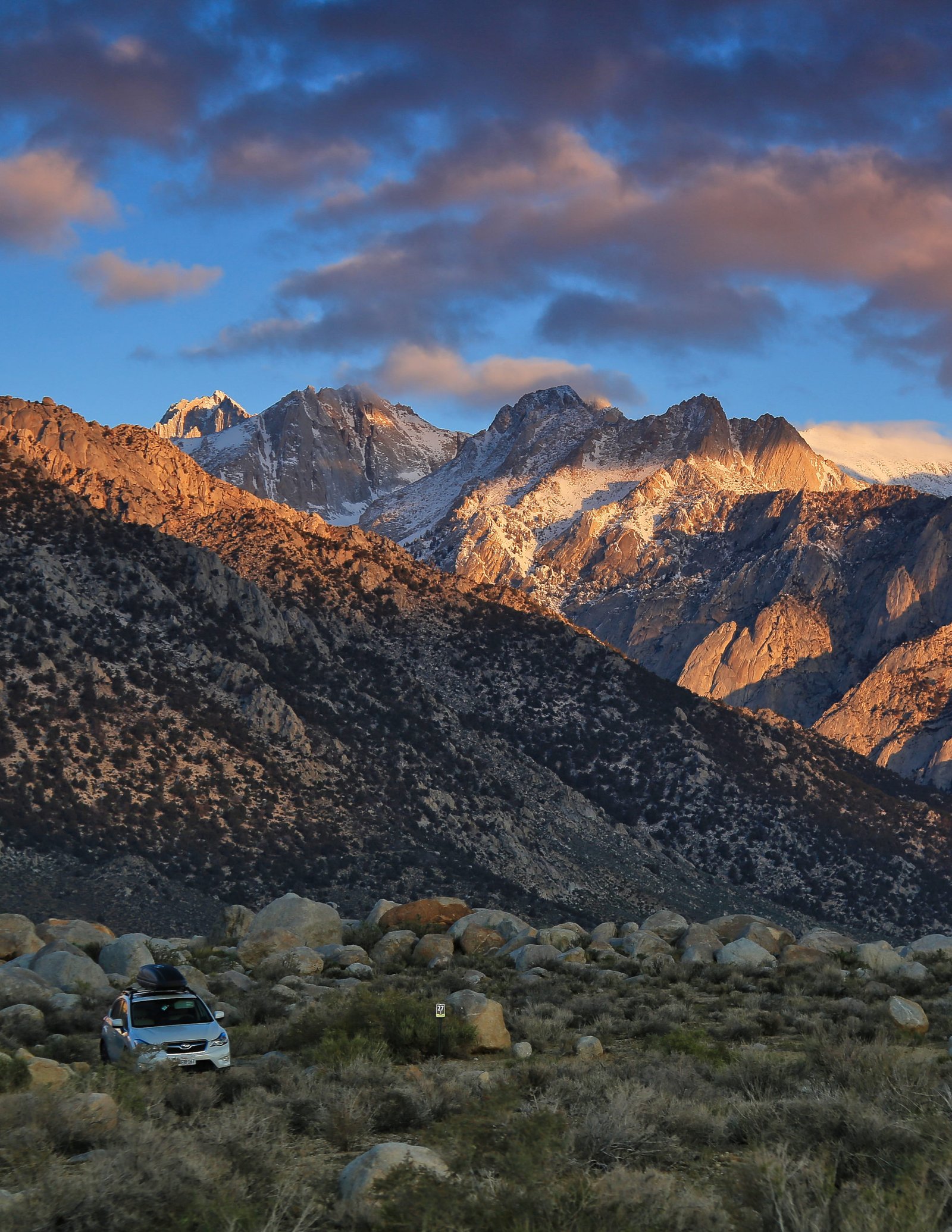
Although we have many scenic areas throughout Nevada, my favorite chukar habitats are along the Eastern Sierra in California. Each spring I look forward to exploring along the Owens Valley. An exceptional area is right at the base of Mt. Whitney in the Alabama Hills just a few miles east of Lone Pine. For the latest information about chukar throughout Nevada, go to https://www.ndow.org/.
Many areas around Yerington, Nevada have healthy chukar populations. Early morning outings throughout the Singatse Range just above Weed Heights will frequently provide opportunities to see them. I have often found them in large numbers grazing on the lawns in Weed Heights. The east Walker River, all the way from Bridgeport and several miles east of the Elbow is another popular area for chukar. This is also one of Nevada’s premier trout fishing waters with fly-fishers frequently using wet-fly patterns crafted from chukar feathers.
As you hike our many beautiful Nevada trails, be sure to have your binoculars or telephoto lens ready to capture a view of these fascinating and beautiful birds. I have been working with them for many years and my quest for revenge has transformed into a fascination and love for these hardy survivors.
The Owens Valley is one of the most beautiful chukar areas you are going to find.
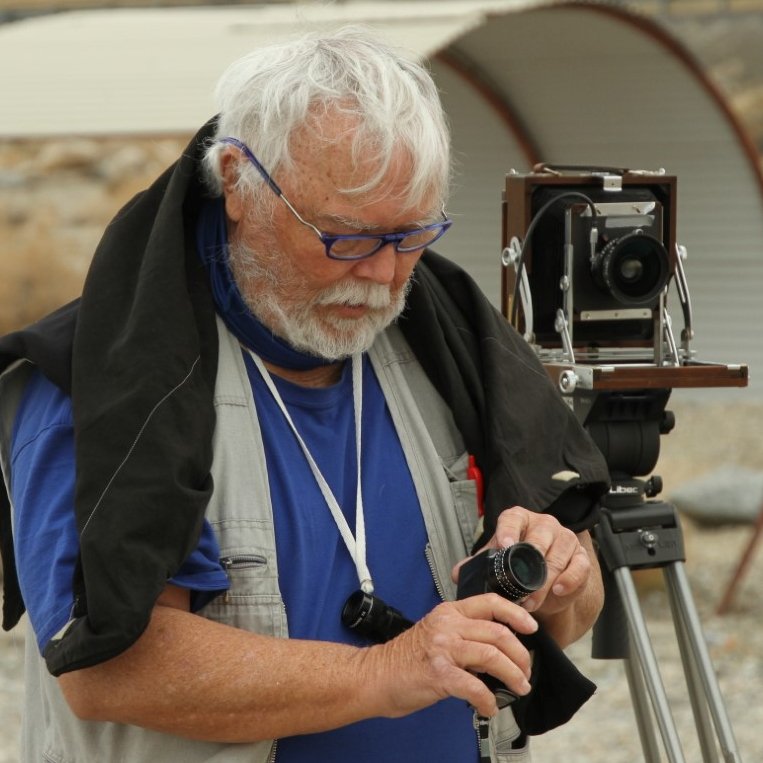
Richard Massey, photo by Robin Travis.
Richard Massey is an international award-winning photojournalist and freelance-writer. He has a passion for film and does much of his photography using vintage film cameras…as seen here. His interest in teaching has led him to start a photography YouTube channel: https://www.youtube.com/channel/UChdW0Jjsca47EpKE5N_jtag
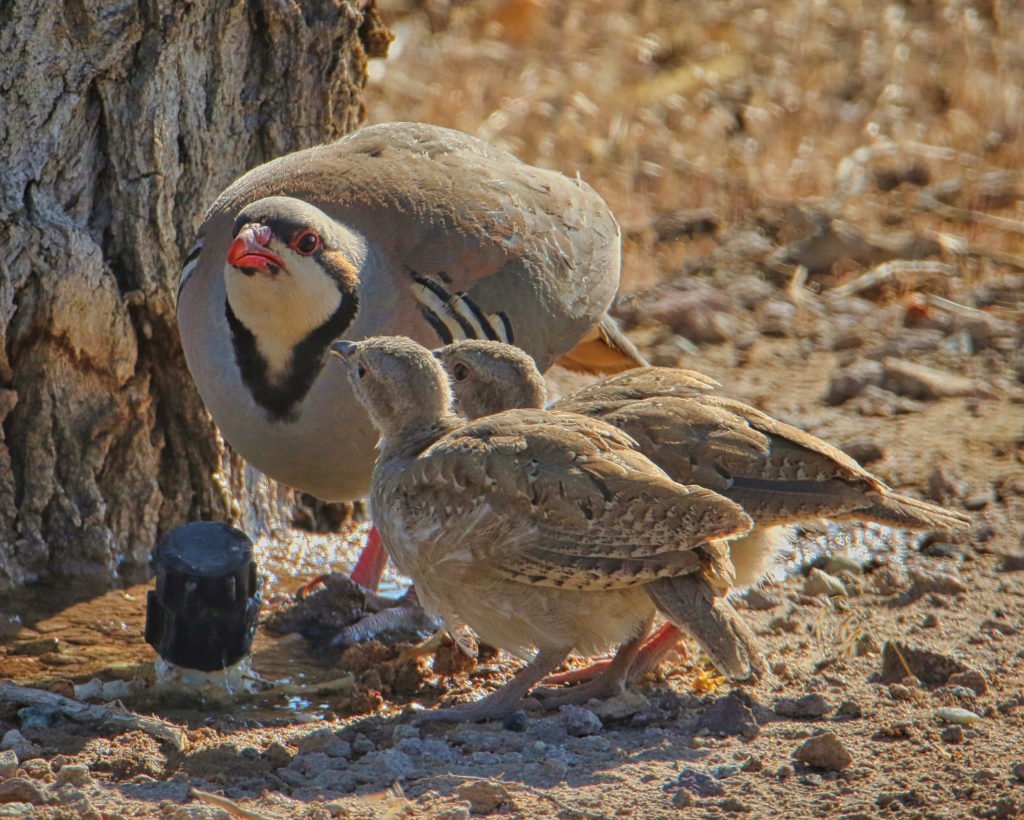
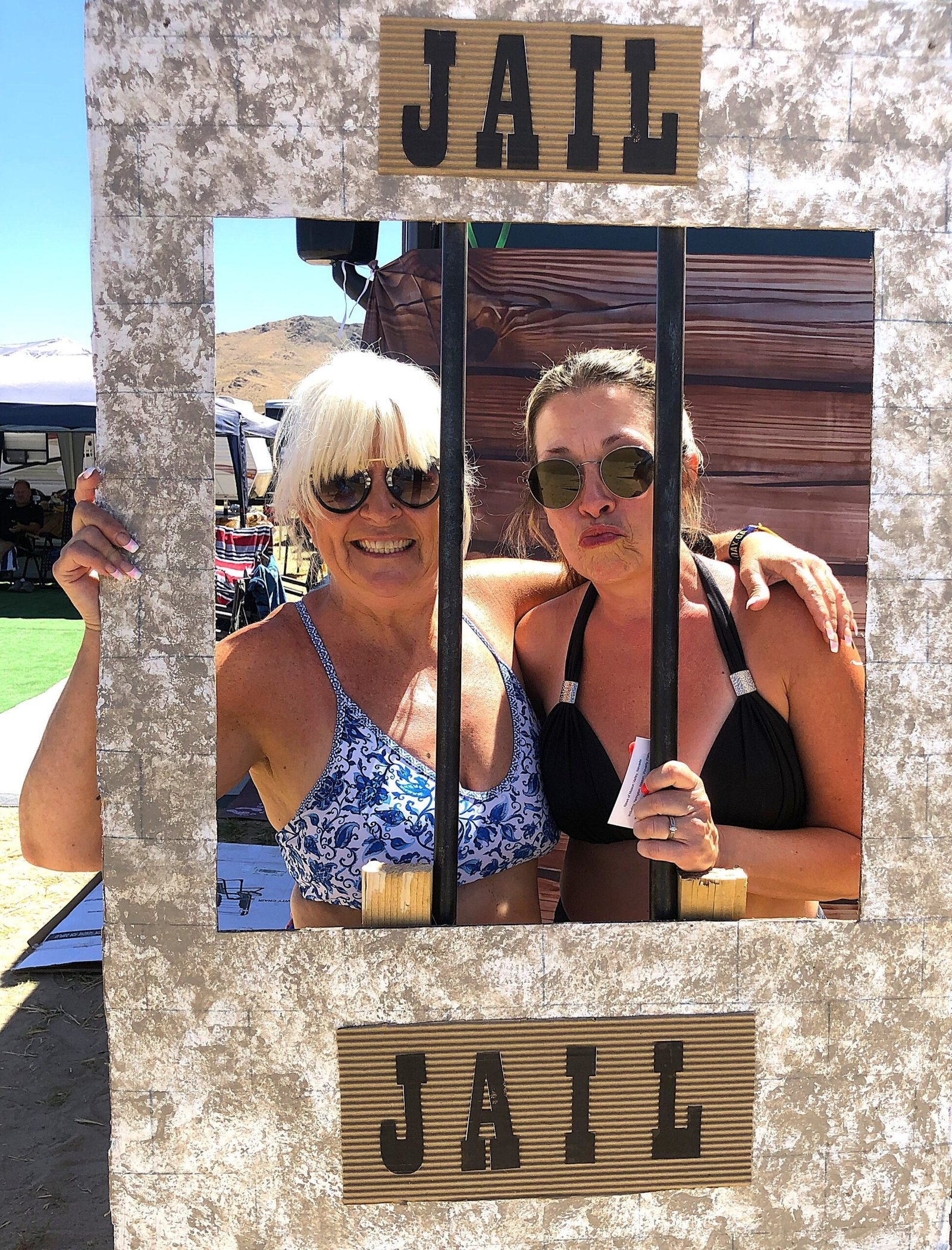

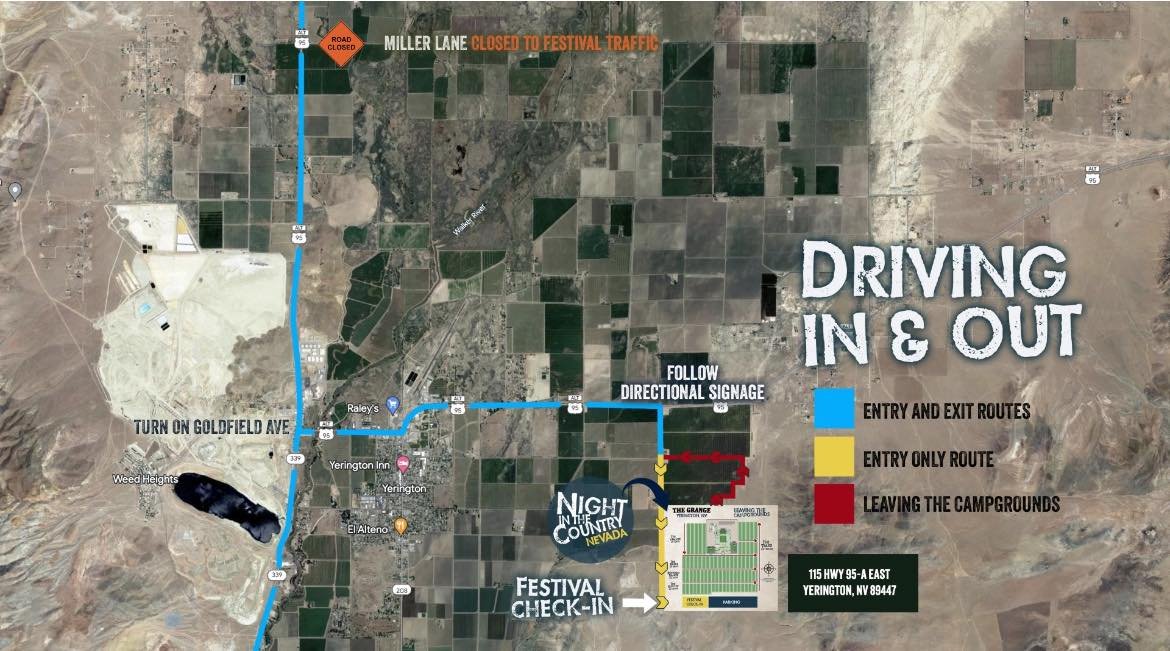
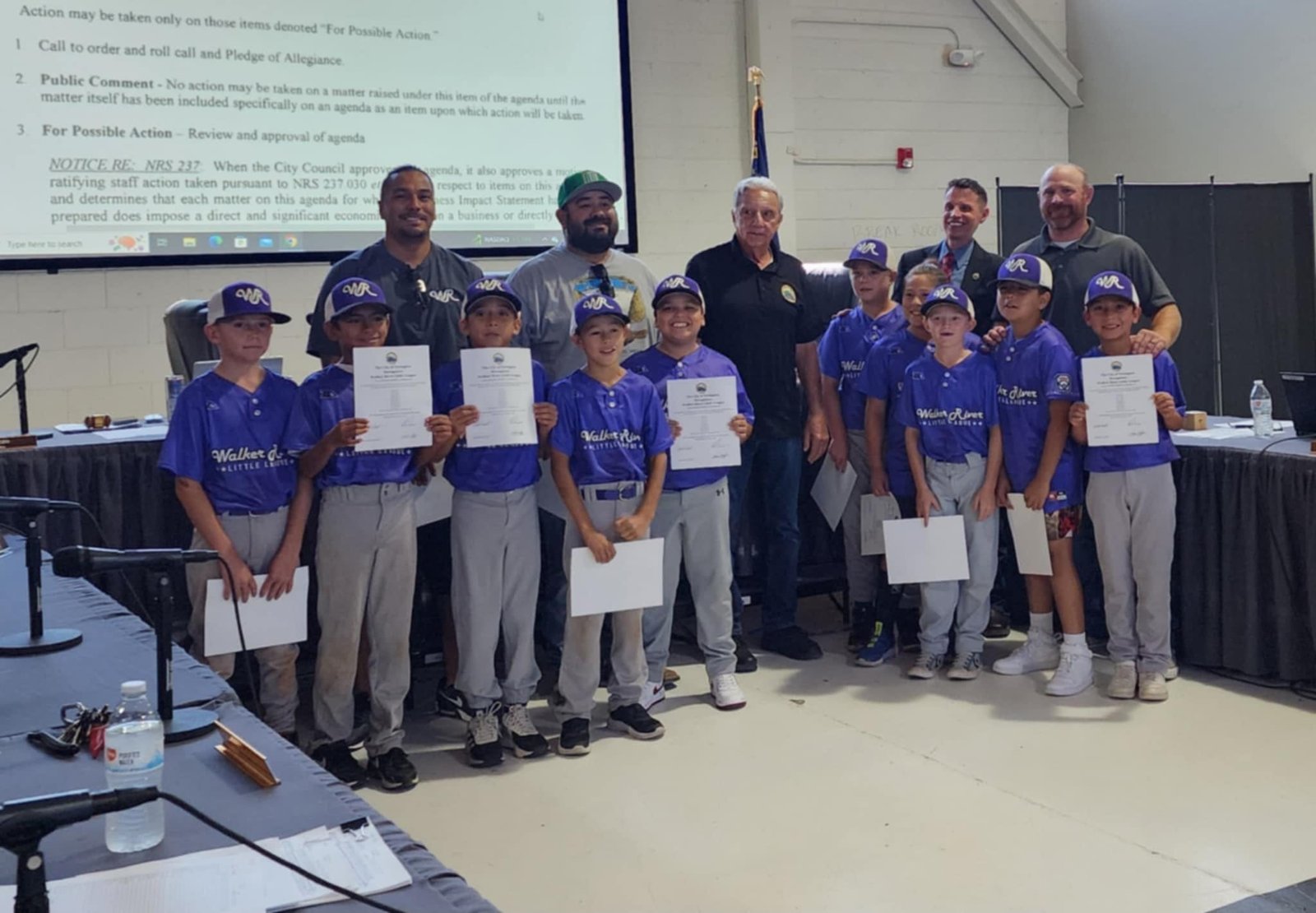
More Stories
Friday Morning: Night in the Country 2024 at The Grange in Mason Valley, Nevada
Dog Days of Summer by Richard Massey
A Closer Look at the Union Pacific “Big Boy” – the World’s Largest Operating Steam Locomotive